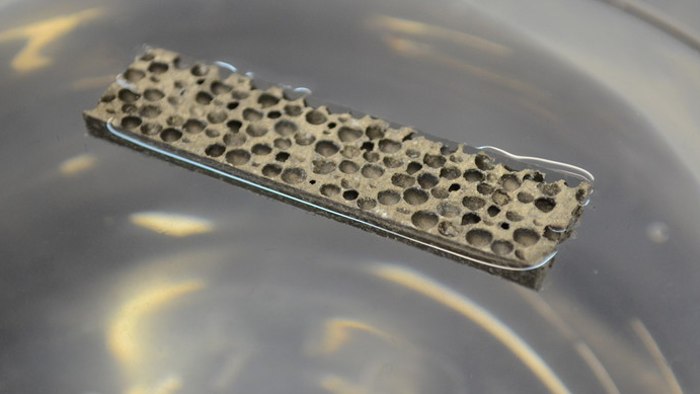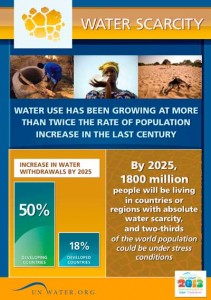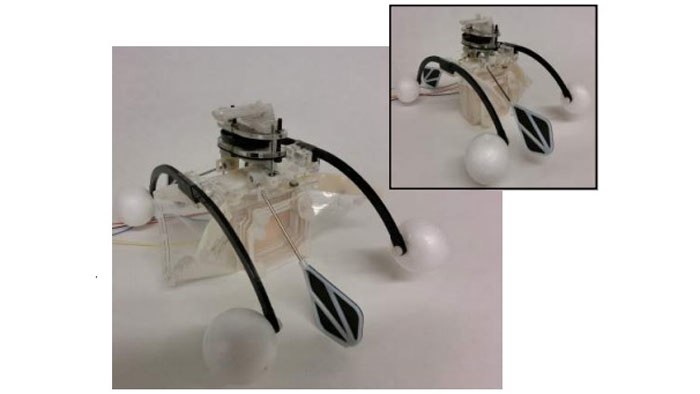In a development that could mean big things in the automotive and marine industries, researchers from Deep Springs Technology (DST) and the New York University Polytechnic School of Engineering have created a new metal matrix composite that is so light it can float on water.
The magnesium alloy matrix composite is what is known as a syntactic foam: a type of composite material created by filling a metal, polymer or ceramic matrix with hollow particles. In this case, a magnesium alloy matrix is reinforced with hollow particles of silicon carbide, resulting in what the researchers claim is the world’s first lightweight metal matrix syntactic foam. Read more






